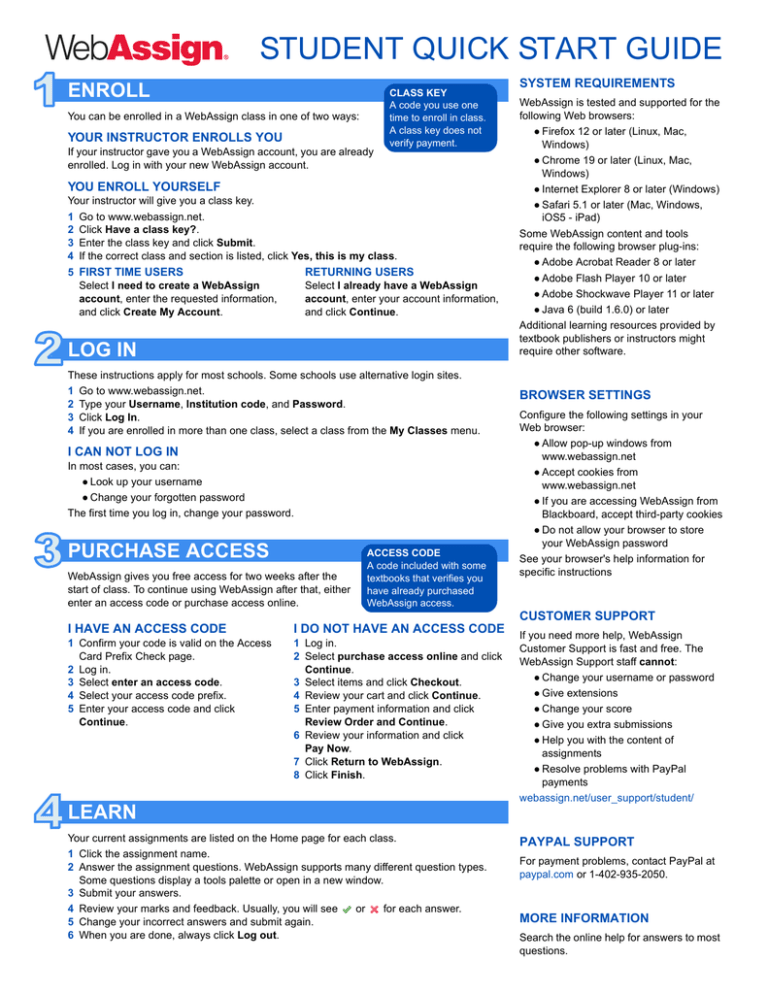

Occasionally provide students with the big picture about the reasons for learning goals, for example, “Learning to include describing words in our stories makes our stories more interesting, and readers are much more likely to enjoy our stories if they are interesting.” This helps all students engage.

Prominently display both learning goals and success criteria. Ask children to generate the success criteria with you, for example, “We have used at least four describing words in our story about our visit to the farm”, or “We can tell someone the names of eight planets in our solar system”. For example, use the acronym WALT (“We are learning to … ”) at the beginning of every lesson, or after introductory or motivational activities. Goal setting is more likely to be effective in classrooms where students understand what they are learning and how they can show they have been successful.

However, high expectations on their own are not enough to impact on achievement. They also have more positive attitudes towards learners and more effective teaching practices. ‘High expectation teachers’ believe that students will learn faster and will improve their level of achievement. Teachers’ expectations of their students’ learning may be more important in influencing student progress than pupils’ abilities.


 0 kommentar(er)
0 kommentar(er)
